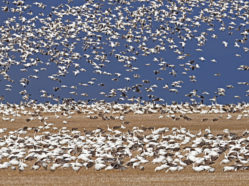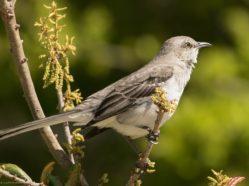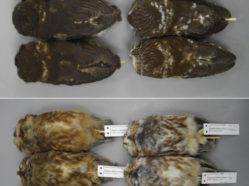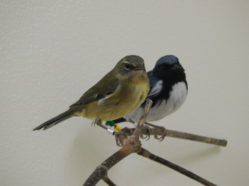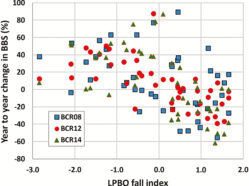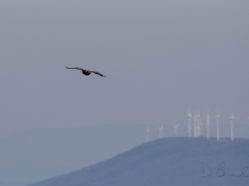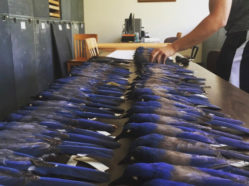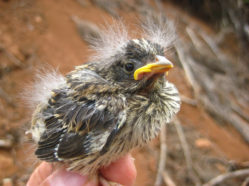Lifting Hunting Limits Hasn’t Solved the Snow Goose Overpopulation Problem
As many marshes along the Gulf Coast were drained in the late 1970s, Snow Geese that had used them as wintering areas began shifting to agricultural land instead. Leftover crops in farm fields provided them with a generous new winter and spring diet, and the population began growing at an unprecedented rate. While they have ample habitat in the south, the growing number of geese, coupled with their destructive foraging behaviors, has led to increasing and widespread habitat destruction in the Arctic coastal habitats where they breed.
